The expanded role of today’s transportation engineering consultant
Over the early part of my career, I felt my purpose was to be a dedicated engineering consultant focused on quality design and consistent delivery. But over time, I came to understand that our clients need much more.
Delivering good engineering design is just one aspect of the service we provide to our clients. As our clients face staffing shortages, inflation, limited funding, and design and construction challenges, today's consultant must offer a greater breadth of service and expertise to be an effective partner.
Today’s consultants must become an extension of their client’s staff
In the April 2022 Government Accountability Office (GAO) report on State Use and Oversight of Engineering Consultants, the GAO research revealed an increasing reliance on private engineering consultants for help with highway infrastructure projects. A survey of Departments of Transportation (DOTs) from all 50 states plus the District of Columbia and Puerto Rico showed that half of the country’s DOTs spent a minimum of 60% of their engineering budgets on outside consultants. According to the survey results, DOTs cited a general lack of staff with the expertise and skills required for various projects.
The bottom line is there are too many programs and projects for our clients to handle on their own. To alleviate the excess workload, today's consultants must become extensions of clients’ staff as a trusted advisor. By fully integrating with clients, the consultant becomes one with the team, and instead of being viewed as an outsider, they are seen as a stakeholder, fully invested in outcomes. This investment, or ownership, serves as motivation to perform quality work and to put the client’s needs first.
Today’s consultant must be able to think outside the box to find new ways to streamline project delivery and to develop efficient solutions to challenges. This proactive approach to problem solving further builds credibility and trust within the client’s team.
A trusted advisor relationship is not built overnight. It takes effort, commitment, and time to establish trust through consistent delivery and responsiveness to the client. We must remember that every project counts, and one sub-par performance could damage the trust built by years of successful service. We must show up every day with the mindset that each project we work on, no matter the size or complexity, is the most important to our client.
Clients need resources to help solve funding challenges
Inflation has significantly increased project costs over the last few years, forcing our clients to manage their programs with less buying power. Furthermore, planning and programming projects have become increasingly difficult due to unreliable cost estimates caused by the hard to predict future costs.
Granted, we as consultants can do a better job quantifying and estimating project costs for our clients, and we should. However, the bigger challenge is mitigating against the uncertainty of future costs. One solution may come in the form of Power Business Intelligence (BI) and Artificial Intelligence (AI). Harnessing the capabilities of these tools can dramatically improve program planning accuracy by using advanced Monte Carlo algorithms to simulate budgets based on historical data and the user’s input of what-if scenarios. This affords program managers and officials flexibility to plan for any number of situations like cost increases, budget shortfalls, or even changing program priorities, allowing them to adjust their programs accordingly.
One such tool is WISE Planning Software. Developed by Garver, WISE, which stands for What-If Scenario Evaluation, helps municipalities and DOTs effectively plan and deliver their capital programs, while affording the flexibility to pivot and change course when uncertainty arises. Designed to manage and prioritize the enormous amounts of data involved in CIP, bond and STIP planning, the tool develops a long-term program that includes schedules and budgets escalated for inflation. The interactive software is editable, allowing the user to modify project lists and present-day costs and view the corresponding budgets and cash flow for a specific year.
Budgeting future costs is a challenge, but there is also the challenge of securing funding. We are fortunate to work in a state that has made investment in infrastructure with the passage of House Bill 170, the Transportation Funding Act of 2015, and, most recently, the additional $1.5 billion in infrastructure funding for Georgia DOT that Governor Kemp intends to propose in 2024. There has also been tremendous support on the federal level. The Bipartisan Infrastructure Law or IIJA set aside approximately $9.2 billion in funding over a five-year period for Georgia highways and bridges.
State and federal funding commitments notwithstanding, there are no guarantees that a project will get funding. There are many state and federal grant opportunities available to supplement the funding gaps. As an extension of the client’s staff and most trusted advisor, today’s consultant must be prepared to advise and assist with project funding and lend the expertise that is needed to navigate the application process for formula funding and grants. When funding sources are made available, acquiring the funding can be a complex process that must be navigated correctly to move projects forward.
Today’s consultant plays a vital role in connecting that funding to the agencies that need them, like Garver did for the City of Little Rock, Arkansas. When the City applied for a U.S. Department of Transportation grant to fund a feasibility study for a deck park over a stretch of I-30 through the City’s downtown, Garver worked with the City to write the grant and submit the budget documents and narrative, resulting in the City being awarded $2 million for the project.
Another example is when Garver assisted the Oklahoma Department of Transportation (ODOT) with a successful application for funds from the Federal Highway Administration’s Advanced Digital Construction Management Systems grant program. With the $3 million award, ODOT will be able to develop plans that gather and store more data through the entire infrastructure life cycle.
Today’s client service boils down to partnership, where the consultant buys in to the client’s program from the beginning, and it typically begins with the funding.
Today’s consultants must offer expertise, service, and availability
The consultant's role has expanded to include expertise well beyond engineering design. However, our primary responsibility remains to deliver projects to our clients on schedule. To do so requires expertise, service, and availability to meet the ever-present challenges that come with designing and constructing public infrastructure.
Experienced and effective program/project managers are paramount to meeting these challenges. As the project list and programs size continue to increase, so does client demand for consultant project managers. Today’s consultant firms must develop their staff for these roles, requiring investment in training, mentorship, and support. Today's consultants must continue to encourage talented younger staff to pursue project management to ensure we can meet future demand.
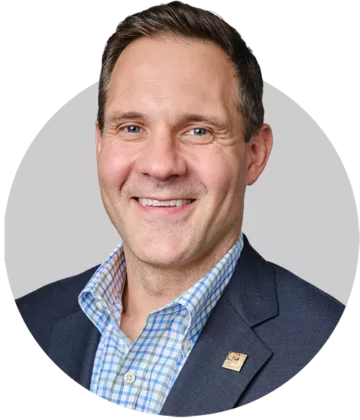
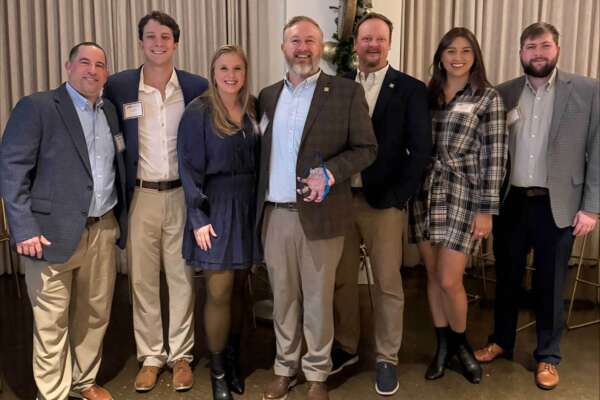



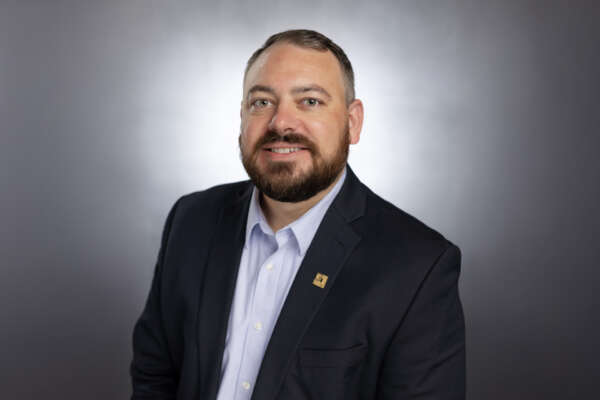
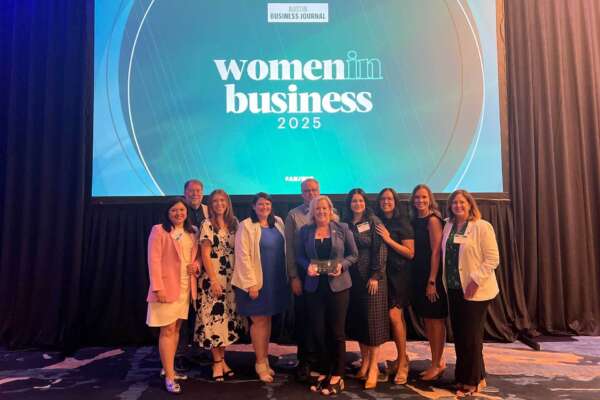
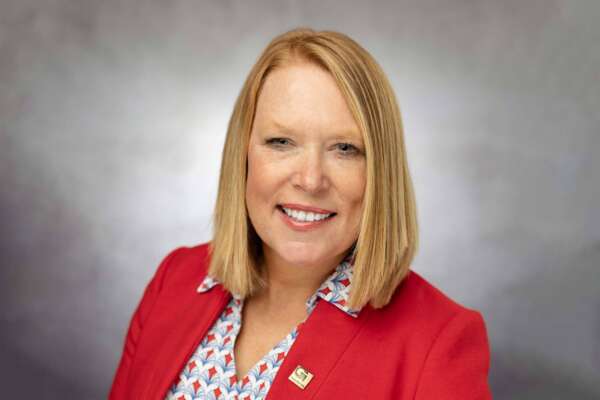

Share this article